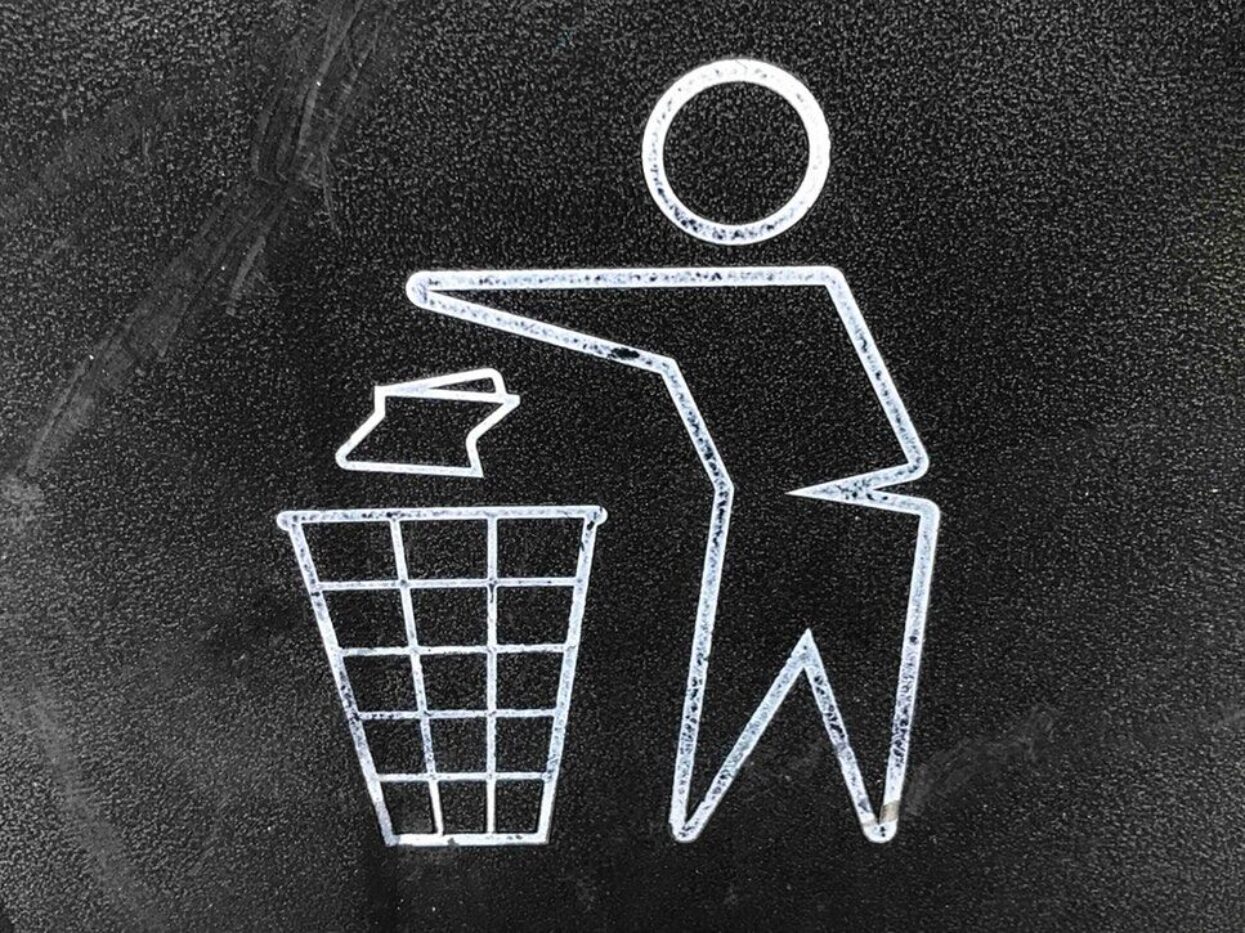
In part three of a series, Laurel Brunner discusses the importance of policy statements and effective waste management processes in increasing environmental awareness in the print industry.
In the first part of this series, we discussed getting industry associations to encourage more sustainability awareness and we put the three Rs: Reduce, Reuse, Recycle at the top of the list. However, sector specific environmental impact and sustainability policy statements require much more time. Graphics industry sectors like newspapers, magazines, book and packaging production require robust environmental guidance from their associations. Unfortunately, it is very absent from their websites and what’s worse is that this is a missed opportunity. A high-profile position on the environment assists the graphics industry to take ownership and lead the environmental impact conversation. In addition, it is a useful reference for countering the negativity that is usually associated with print in all its forms.
Sector specific policy statements can help to codify key sustainability concerns for members. We have discussed the three Rs and have suggested adding energy emissions to the list of things to consider. Next on the list should be proposals for improving waste management across the supply chain, with ideas on how to reduce waste and use it as a resource.
Paper is possibly the biggest source of waste for both the printing and publishing industries. Healthy paper recycling supply chains are the lifeblood of numerous paper mills, in particular those that produce newsprint. However, modern printing techniques, new ink recipes and using coatings and varnishes and other embellishments can make it harder to recycle materials that use deinking methods. This does not mean industry associations should discourage digital printing and embellishment technologies, far from it. It is up to the paper industry to keep up with printing advances. However, industry associations should advise their members to acknowledge the importance of printed paper’s deinkability and be aware of the type of paper it can be recycled into.
Measures that can help people manage waste includes process efficiency and colour management. Getting accurate colour early in the production process requires awareness of colour management, device profiling, frequent proofing and discussion with clients to guarantee that the colour they want is the colour they have. This part of waste management is a way of improving time management.
To conclude, we now have a basic list of suggestions to consider in an environmental policy statement for associations. The three Rs, energy emissions and waste management are only the beginning, however all three topics can differ in their details. This is dependent on what sector we are discussing. If we work to a common framework, we may see an overall improvement in the environmental awareness in the graphics industry.
Source: This article was produced by the Verdigris project, an industry initiative intended to raise awareness of print’s positive environmental impact. This commentary helps printing companies keep up to date with environmental standards, and how environmentally friendly business management can help improve their bottom lines. Verdigris is supported by the following companies: Agfa Graphics, Spindrift.click, EFI, FESPA, HP, Kodak, Kornit Digital, Ricoh, Splash PR, Unity Publishing and Xeikon.